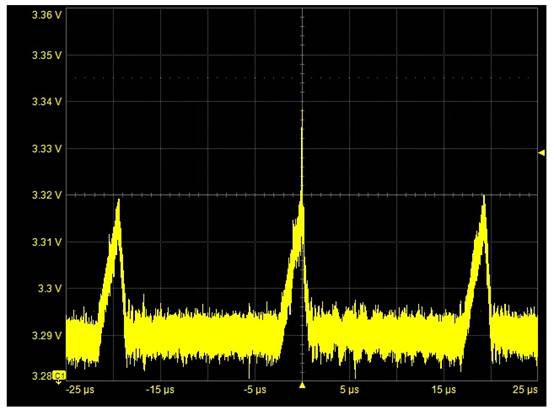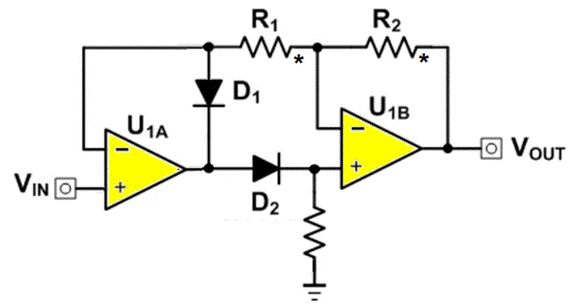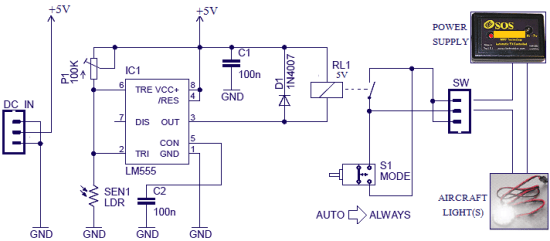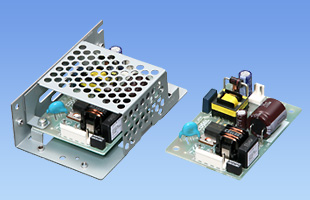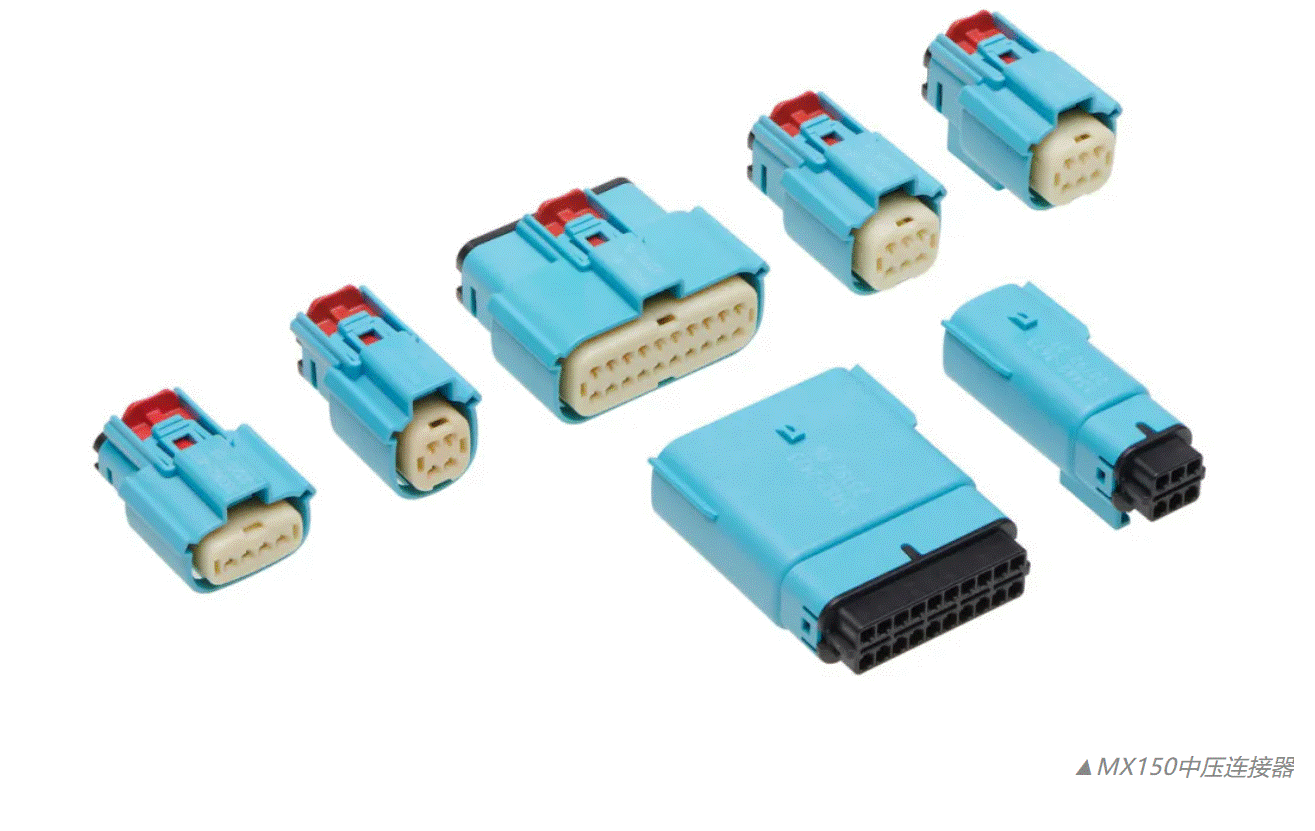关于RS485曾经没有深层次的了解,咱们只用到了点-点通讯,关于多节电通讯重视的不多,现在首要剖析下输入阻抗、上拉、下拉的剖析;
RS-485规范采有用平衡式发送,差分式接纳的数据收发器来驱动总线,详细规范要求:
1. 接纳器的输入电阻RIN≥12kΩ
2. 驱动器能输出±7V的共模电压
3. 输入端的电容≤50pF
4. 在节点数为32个,装备了120Ω的终端电阻的情况下,驱动器至少还能输出电压1.5V(驱动负载为54Ω,终端电阻的巨细与所用双绞线的参数有关)
5. 接纳器的输入灵敏度为200mV(即(V+)-(V-)≥0.2V,表明信号“1”;(V+)-(V-)≤-0.2V,表明信号“0”)留意!!V+ 咱们一般说的A,V-咱们一般说的是B;
由于RS-485的远距离、多节点(32个)以及传输线成本低的特性,使得EIA RS-485成为工业运用中数据传输的首选规范。
1.
引证MAXIM官网上的一篇运用笔记,原文如下
l
The first approach in minimizing power consumption is to eliminate termination resistors altogether. This option is available only for short cables and low data rates, which allow reflections to settle before data is sampled in the receiver. As a rule of thumb, no termination is needed when the rise time of a signal is at least four times longer than the one-way propagation delay through the cable. In the following steps, this rule is employed to calculate the maximum usable length for an unterminated cable:
Step 1. For the cable in question, find the one-way velocity of propagation, usually provided by cable manufacturers as a percentage of the speed of light in free space (c = 3×108 m/s). A typical value for standard insulated PVC cable (consisting of a #24 AWG twisted pair) is 8in/ns.
Step 2. For the RS-485 transceiver, find its minimum rise time (tr min) from the data-sheet specifications. A MAX3471, for example, specifies 750ns.
Step 3. Divide the minimum rise time by 4. For the MAX3471, tr min/4 = 750ns/4 = 187.5ns.
Step 4. Calculate the maximum cable distance for which no termination is required: 187.5ns(8in/ns)(1ft/12in) = 125ft.
1.
引证MAXIM官网上的一篇运用笔记,原文如下:
Failsafe
For RS-485 receiver inputs between -200mV and +200mV, the output is undefined. That is, if the differential voltage on the RS-485 side of a half-duplex configuration is 0V, and no master transceiver is driving the line (or a connection has come loose), then a logic “high” output is as probable as a logic “low.” To ensure a defined output under these conditions, most of todays RS-485 transceivers require failsafe bias resistors: a pullup resistor on one line (A) and a pulldown on the other line (B), as shown in Figure 1. Historically, the failsafe bias resistors on most schematics were labeled 560Ω, but to reduce power loss (when terminating one end only) this value can be increased to approximately 1.1kΩ. Some designers terminate both ends with resistor values between 1.1kΩ and 2.2kΩ. The trade-off is noise immunity versus current draw.
Maxims MAX3080 and MAX3471 family of transceivers solved both of these problems by specifying a precise receiver-threshold range of -50mV to -200mV, thereby eliminating the need for failsafe bias resistors while complying fully with the RS-485 standard. These parts ensure that 0V at the receiver input produces a logic “high” output. Further, this design guarantees a known receiver-output state for the open- and shorted-line conditions.
所以当一切的RS485节点处于接纳状况时,总线状况不稳定会呈现过错数据。
解决方法有二:
1.
2.



